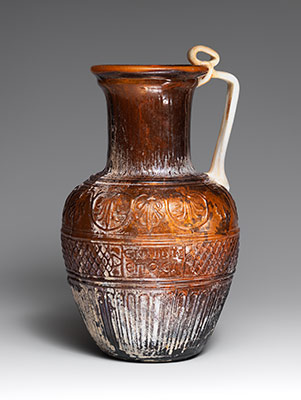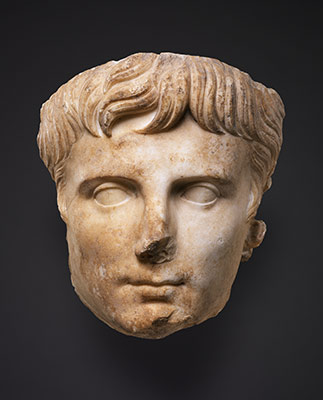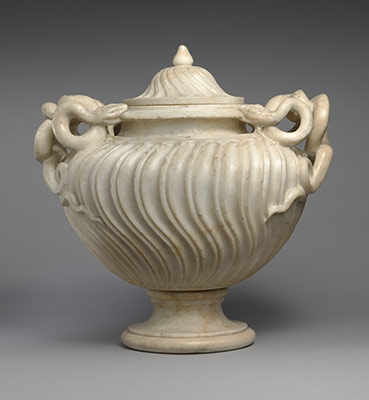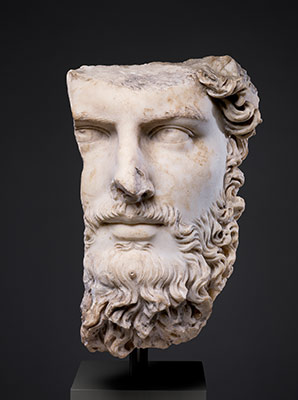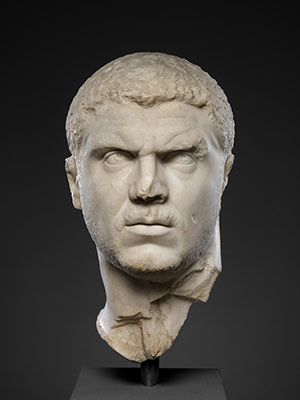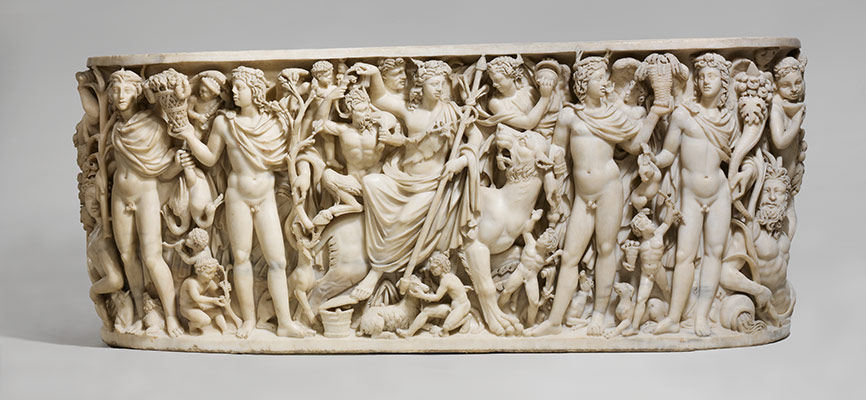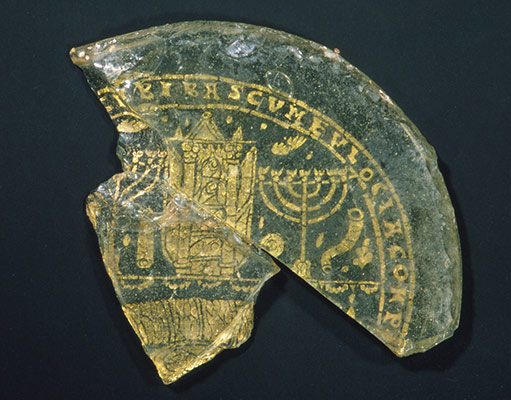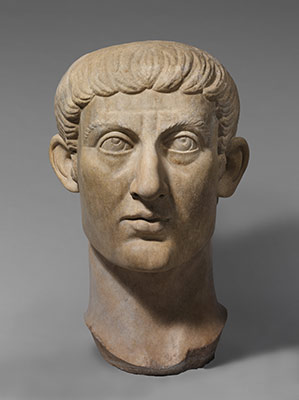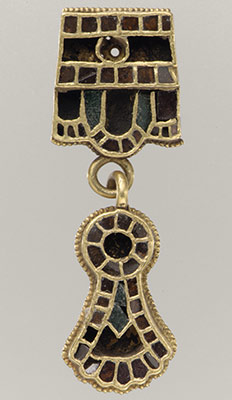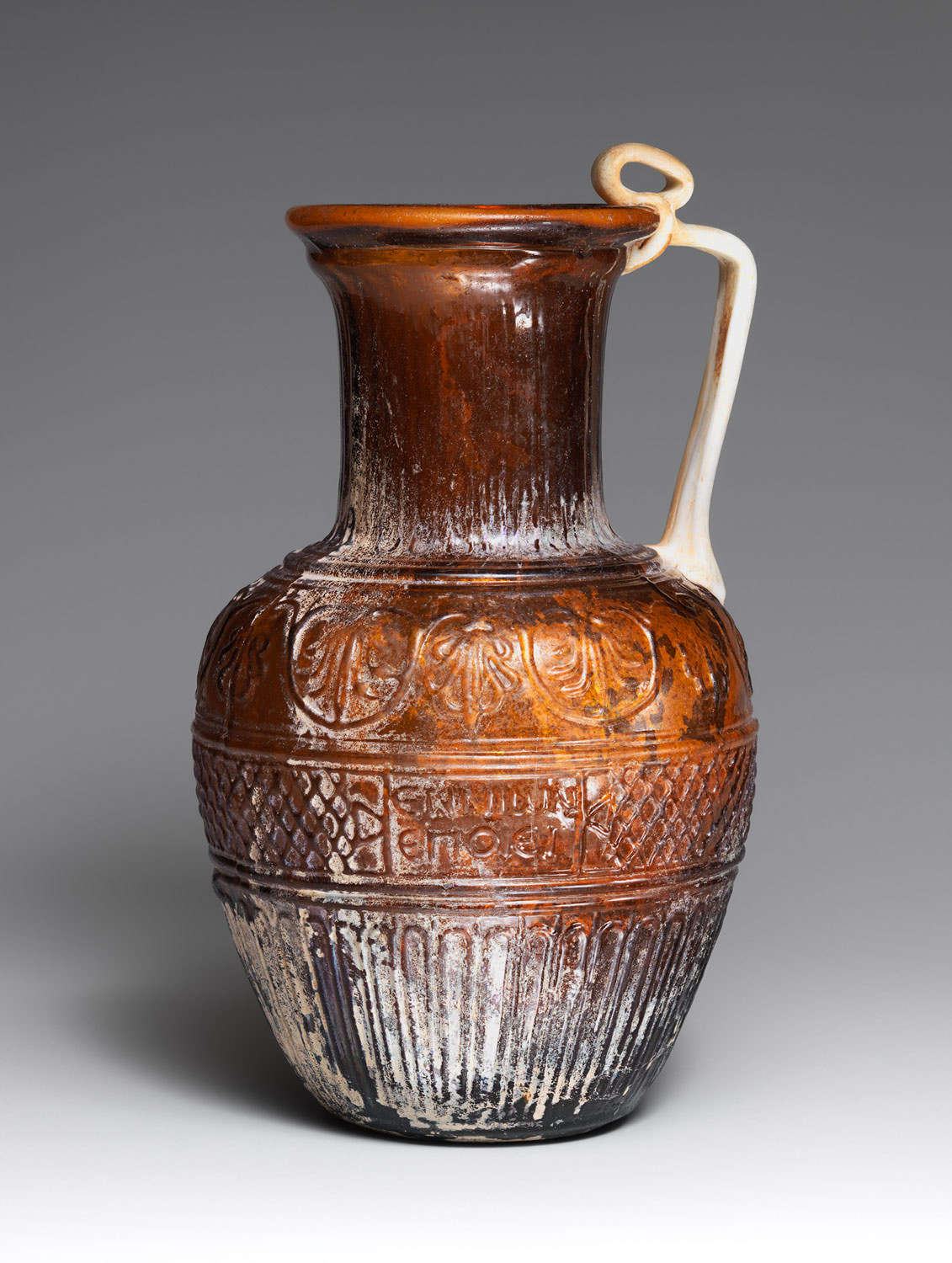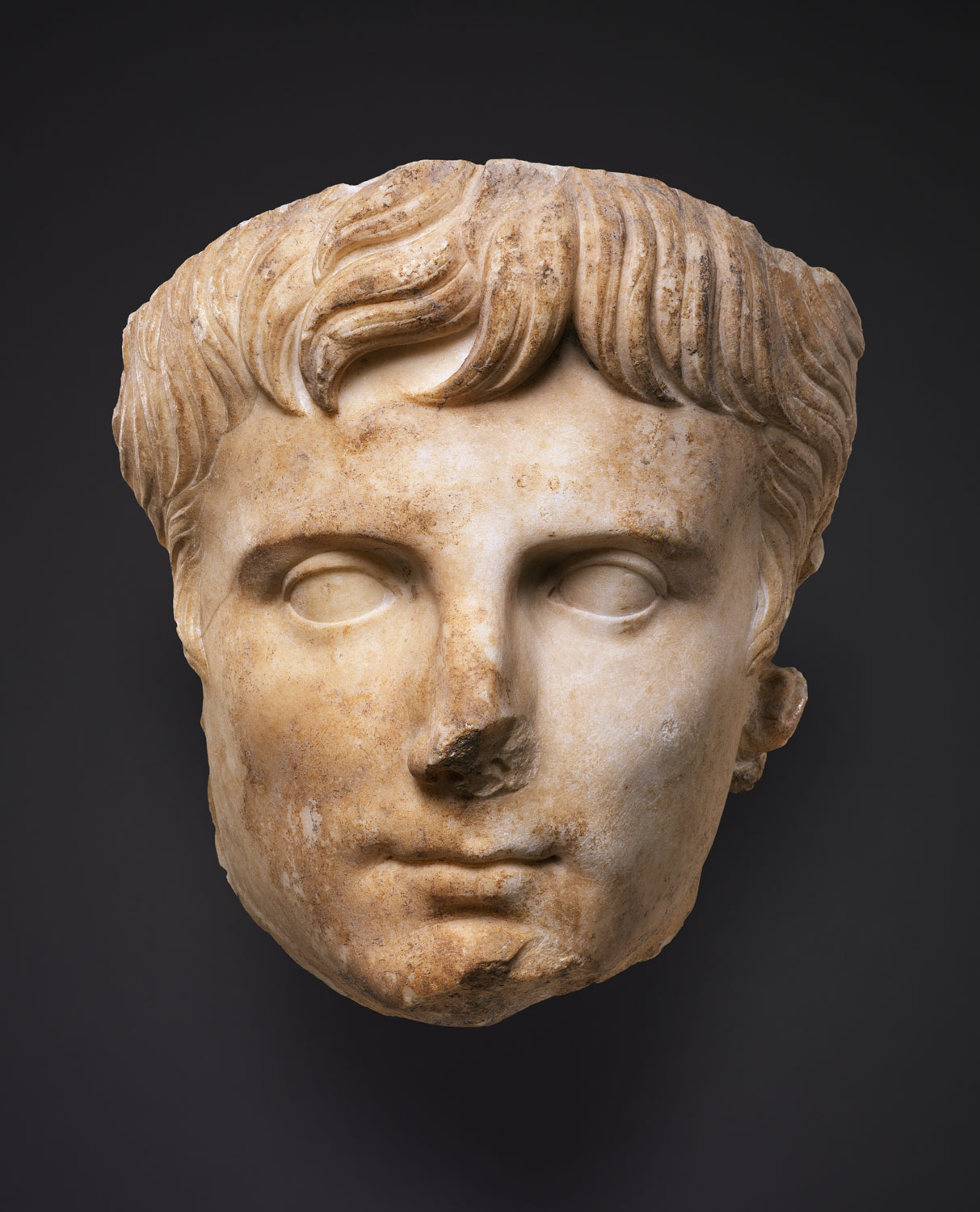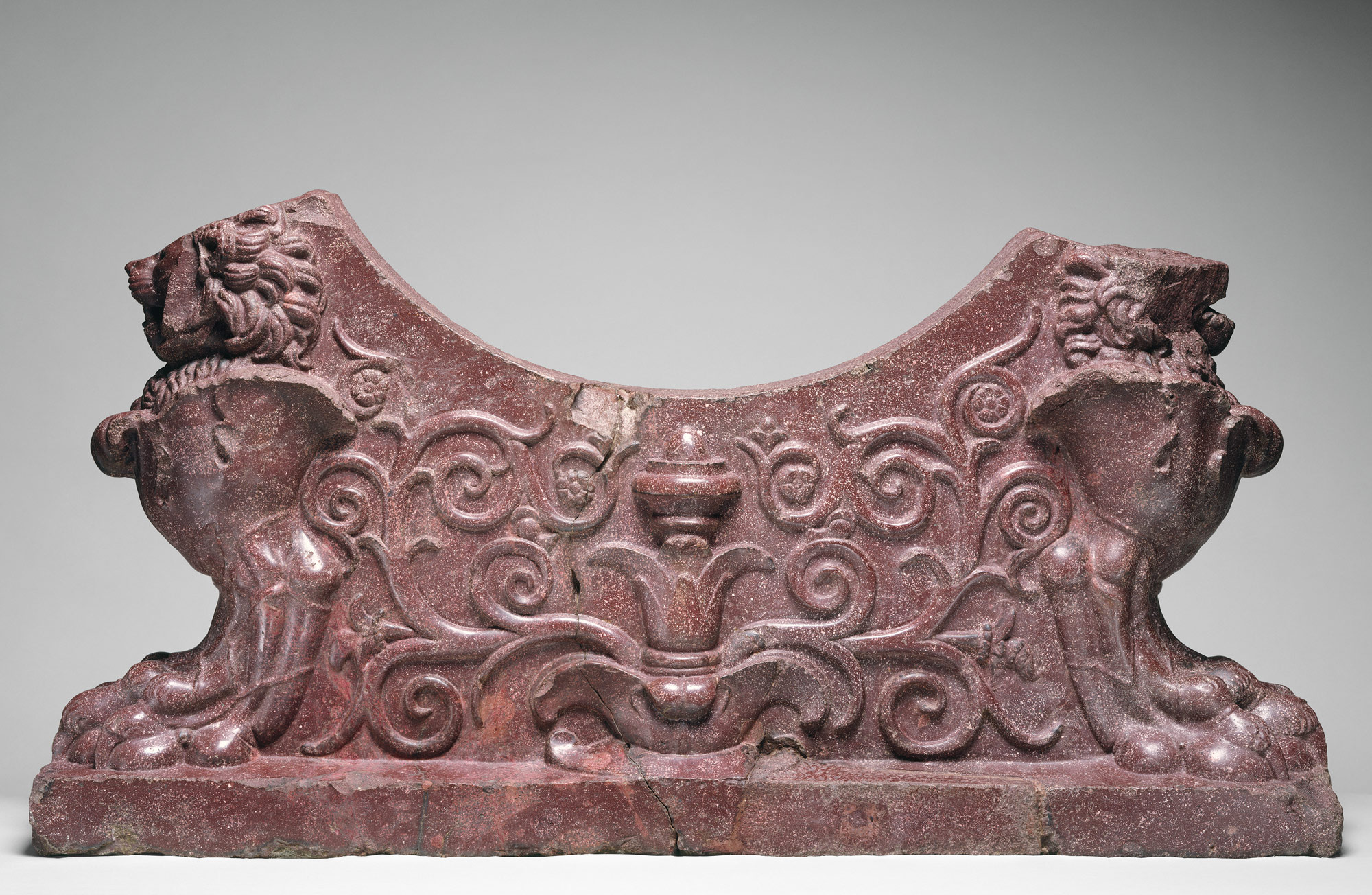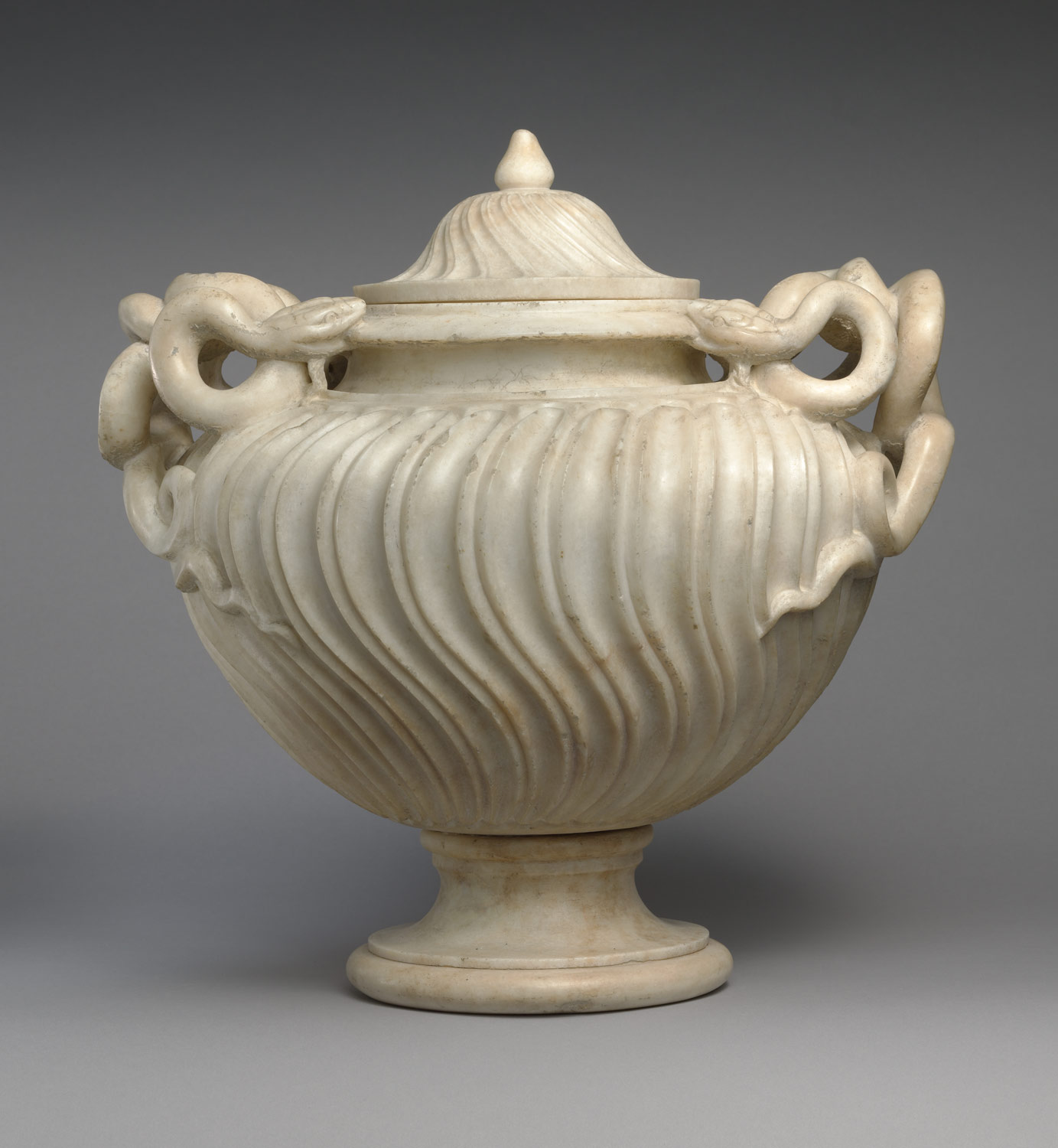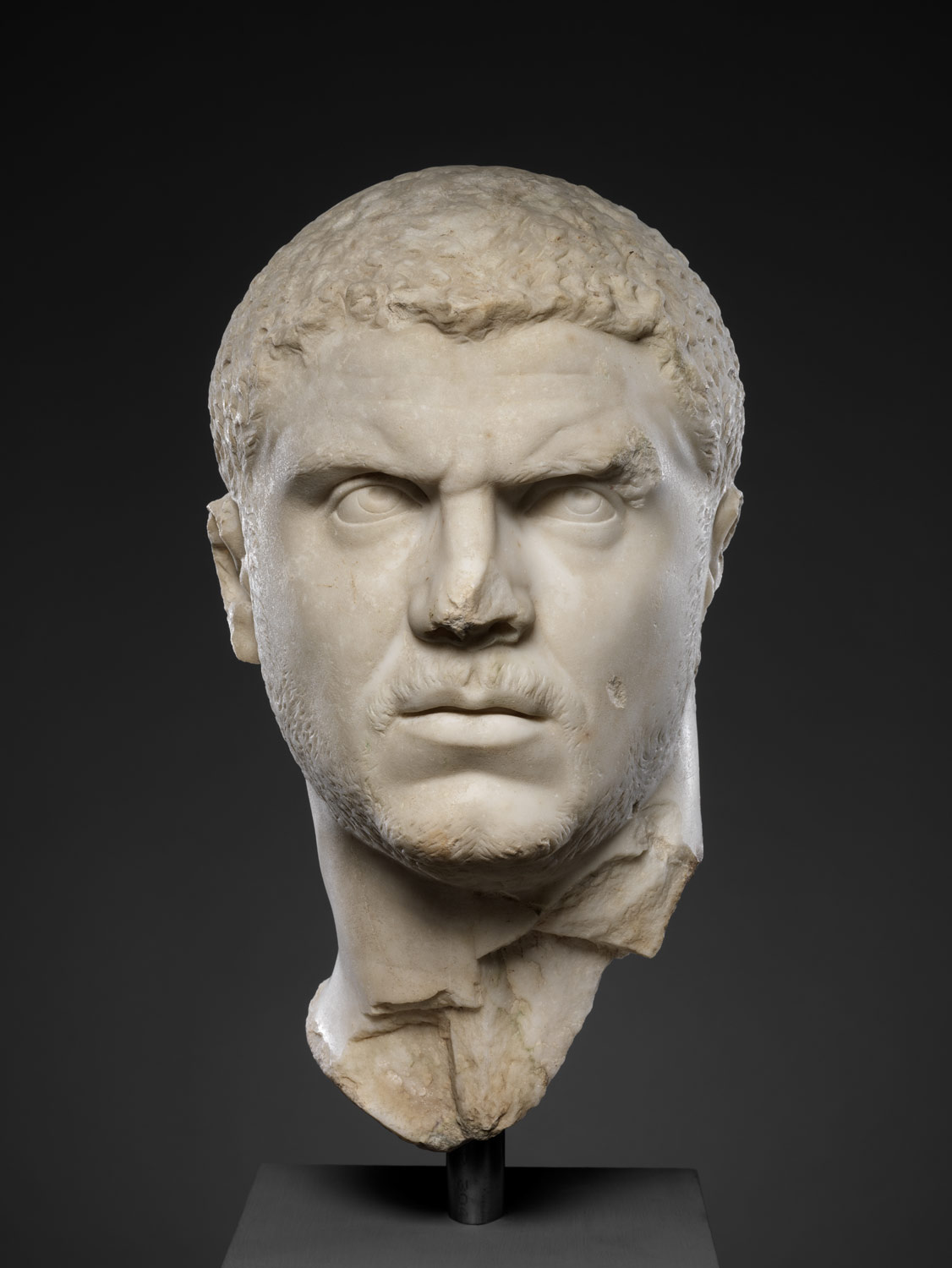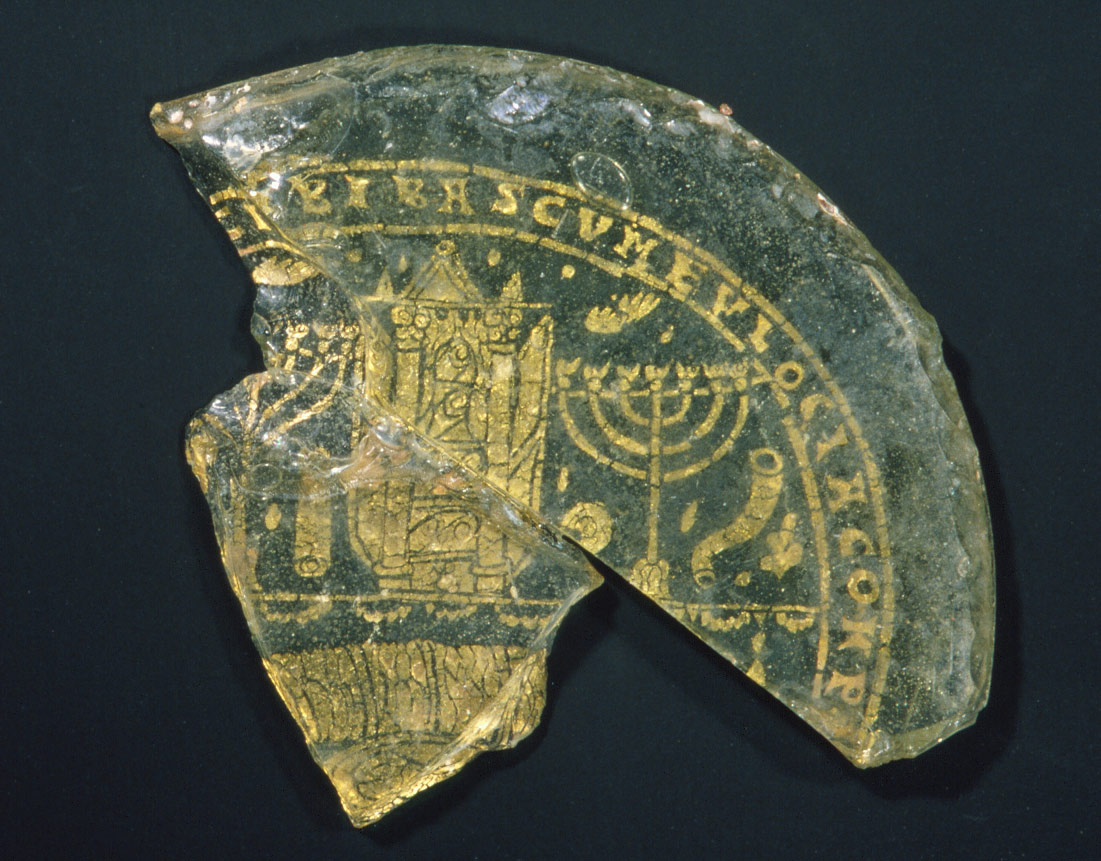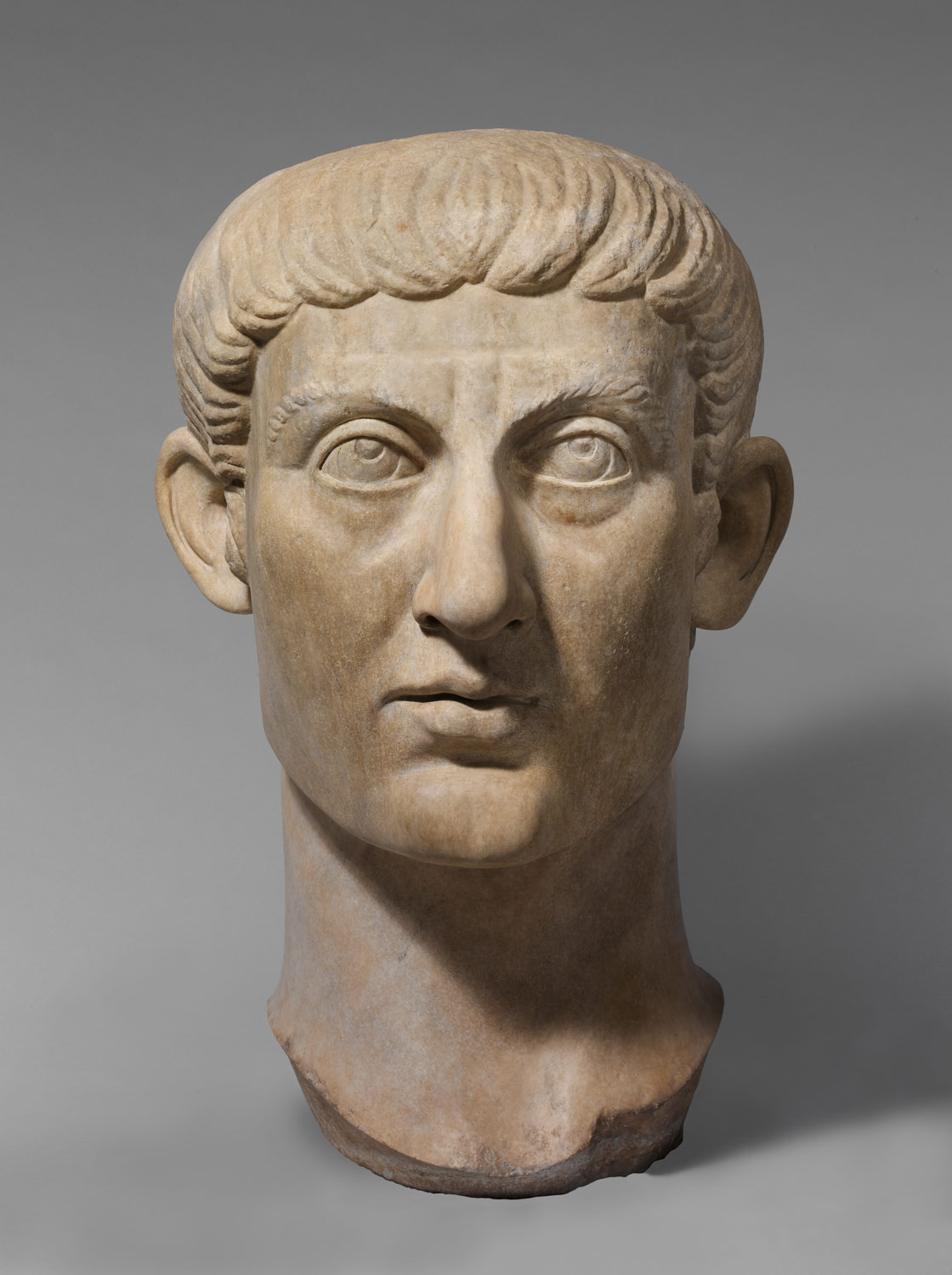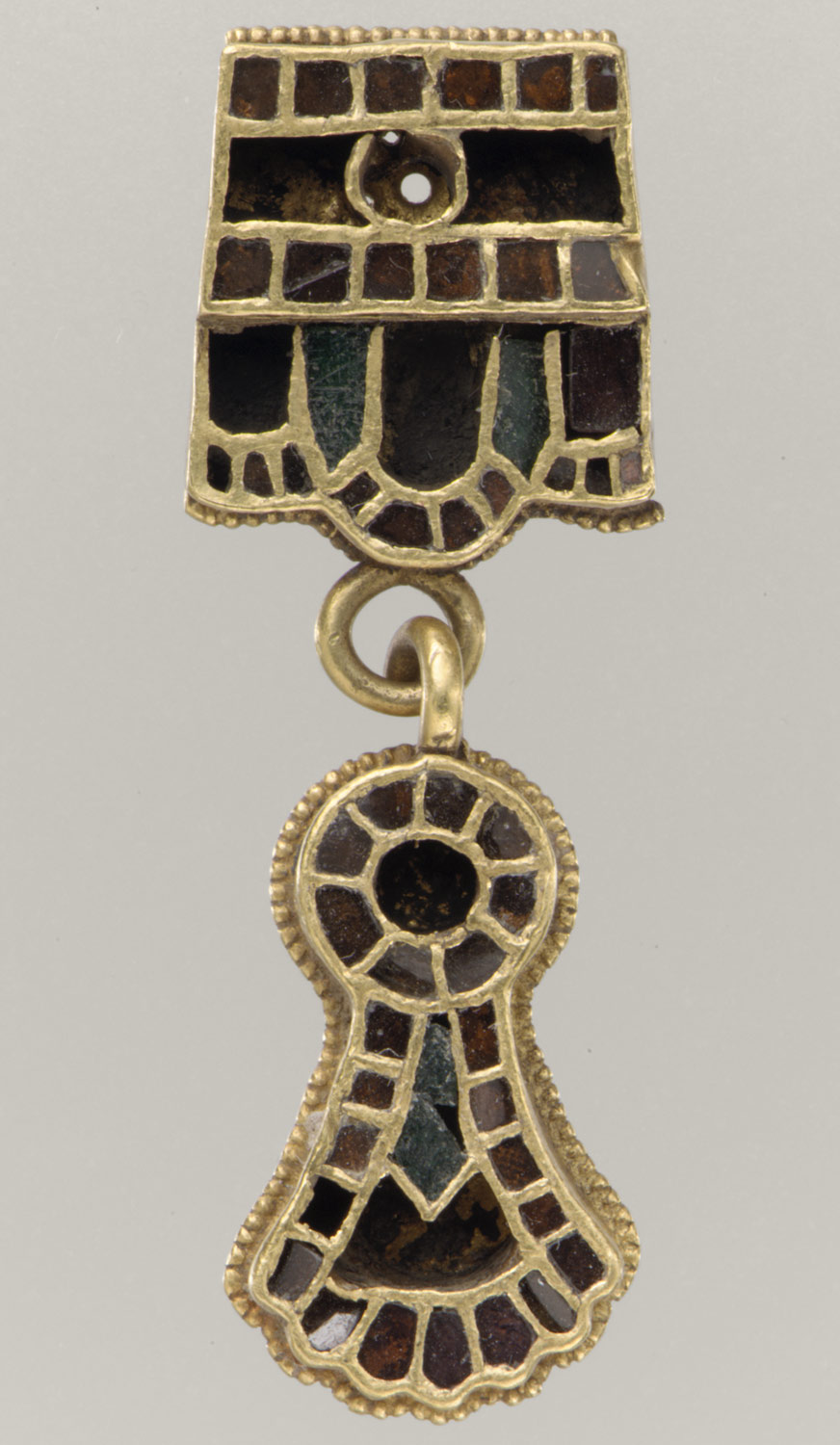Under the Roman emperors, the Italian peninsula, particularly Rome and its surrounding areas, experiences great achievements in literature, architecture, and the arts. An eventual decline in imperial power and the threat of invasions across the Alps to the north of the peninsula, however, lead to economic and political collapse. Constantinople replaces Rome as the new capital in 330, and the Italian peninsula, as part of the Western Roman Empire, eventually falls to the Ostrogoths in 476. During the fifth century, the papacy at Rome gradually establishes its ascendancy over the Western Christian church.
Italian Peninsula, 1–500 A.D.
Timeline
1 A.D.
125 A.D.
125 A.D.
250 A.D.
250 A.D.
375 A.D.
375 A.D.
500 A.D.
Overview
Key Events
-
14 A.D.
Augustus dies and his stepson Tiberius (r. 14–37 A.D.) is left master of the Roman empire. His assumption of power is the first step toward introducing the principle of dynastic succession in the empire.
-
64–68 A.D.
The Roman architects Severus and Celer build Nero’s Domus Aurea, literally “Golden House.” The opulent building attests to the emperor’s arrogance and extravagance, which, along with his disregard for the general population and a fire in 64 A.D. that destroys half the city of Rome, lead to a conspiracy to assassinate him. Forced to flee, he commits suicide in 68 A.D.
-
69 A.D.
Year of the “Four Emperors.” The two battles at Cremona in northern Italy lead to the establishment of the Flavian dynasty.
-
70 A.D.
The future Roman emperor Titus (r. 79–81 A.D.) captures Jerusalem and destroys the Temple. His exploits are recorded by the Jewish historian Josephus.
-
79 A.D.
Mount Vesuvius erupts and destroys the Roman cities of Pompeii, Herculaneum, and Stabiae. Pliny the Elder, the author of Natural History, dies in the disaster. The site, rediscovered in 1748, has revealed buildings, objects, food, art, and even impressions of individuals preserved in the hardened volcanic ash, all of which provide rare insight into Roman life during the first century of our era.
-
80 A.D.
The Amphitheatrum Flavium (also called the Colosseum) is dedicated by the Roman emperor Titus. It holds approximately 50,000 spectators and is built of concrete faced with travertine. Its three arcaded stories employ the Doric, Ionic, and Corinthian orders. The arena is floored in timber that covers dens for games.
-
98–117 A.D.
The Roman emperor Trajan (r. 98–117 A.D.) embarks on an extensive building program in Rome, which includes the forum, market, and column that bear his name.
-
2nd century A.D.
Traditional polytheism in Rome begins to decline, and Eastern cults become more popular. These new religions give rise to theological speculation in which Neoplatonism plays a major role and acclimates people to the idea of divine unity.
-
106 A.D.
Trajan conquers Dacia. The country is annexed, the population deported, and a new province is repopulated by immigrants attracted to its gold resources.
-
118–128 A.D.
The Roman emperor Hadrian (r. 117–138 A.D.) rebuilds the Pantheon. The building consists of a concrete rotunda and a pedimented portico of granite columns with Corinthian capitals.
-
166/67 A.D.
Germanic tribes breach Rome’s weakened defenses along the upper Danube frontier, thus triggering the so-called Marcomannic Wars (167–175 A.D.).
-
212 A.D.
The Roman emperor Caracalla (r. 211–217 A.D.) enacts the Constitutio Antoniniana, which grants full citizenship to all inhabitants of the Roman empire. As a result, armies are no longer officered by Italians, Egypt becomes an integral part of the empire, and senators are recruited from all provinces. Security of the provinces is assured by the construction of great walls and military camps.
-
273 A.D.
The Roman emperor Aurelian (r. 270–275 A.D.) builds a massive fortification wall around the city of Rome (which still stands today).
-
313 A.D.
The emperor Constantine signs the Edict of Milan, permitting freedom of worship and facilitating the spread of Christianity.
-
320–327 A.D.
Constantine builds Saint Peter’s Basilica in Rome and establishes it as the seat of the bishop of Rome. The structure’s basilican form, rebuilt in the sixteenth century, is important as a model for later churches.
-
330 A.D.
Constantinople is established by Constantine as the “New Rome.” The capital of the Roman empire is moved from Rome to Constantinople, though Rome remains the center of the Western Christian church.
-
378 A.D.
The Visigoths defeat the Eastern Roman emperor Valens near Adrianople. The battle is seen as a watershed in the decline of the Roman army and its ability to stem the barbarian invasions.
-
391 A.D.
The emperor Theodosius I (r. 379–395 A.D.) orders the closing of pagan temples.
-
395 A.D.
Theodosius I dies, and the Roman empire is again divided into East and West, between his sons, Arcadius (Eastern Roman emperor) and Honorius (Western Roman emperor).
-
410 A.D.
The Visigoth Alaric sacks Rome. The Christian scholar Jerome (ca. 347–420 A.D.) writes, “If Rome can perish, what can be safe.”
-
476 A.D.
The German Odovacer deposes Romulus Augustulus, the last Roman emperor in the West, and becomes the first barbarian king of Italy.
-
493 A.D.
Theodoric the Great (r. 493–526) overthrows Odovacer and establishes the Ostrogothic kingdom in Italy.
Citation
“Italian Peninsula, 1–500 A.D.” In Heilbrunn Timeline of Art History. New York: The Metropolitan Museum of Art, 2000–. http://www.metmuseum.org/toah/ht/?period=05®ion=eust (October 2000)
Related
Map
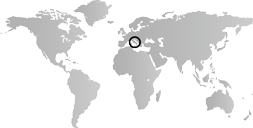
Primary Chronology
Secondary Chronology
Lists of Rulers
See also
Keywords
- Ancient Greek Art
- Ancient Roman Art
- Antonine Dynasty
- Byzantium
- Central Italy
- Europe
- Flavian Dynasty
- Florence
- Greece
- Hadrianic Period
- Iberian Peninsula
- Italy
- Julio-Claudian Dynasty
- Murano
- Naples
- Northern Italy
- Ostrogothic Art
- Rome
- Severan Dynasty
- Southern Italy
- Trajanic Period
- Venice
- 1st Century A.D.
- 2nd Century A.D.
- 3rd Century A.D.
- 4th Century A.D.
- 5th Century A.D.
